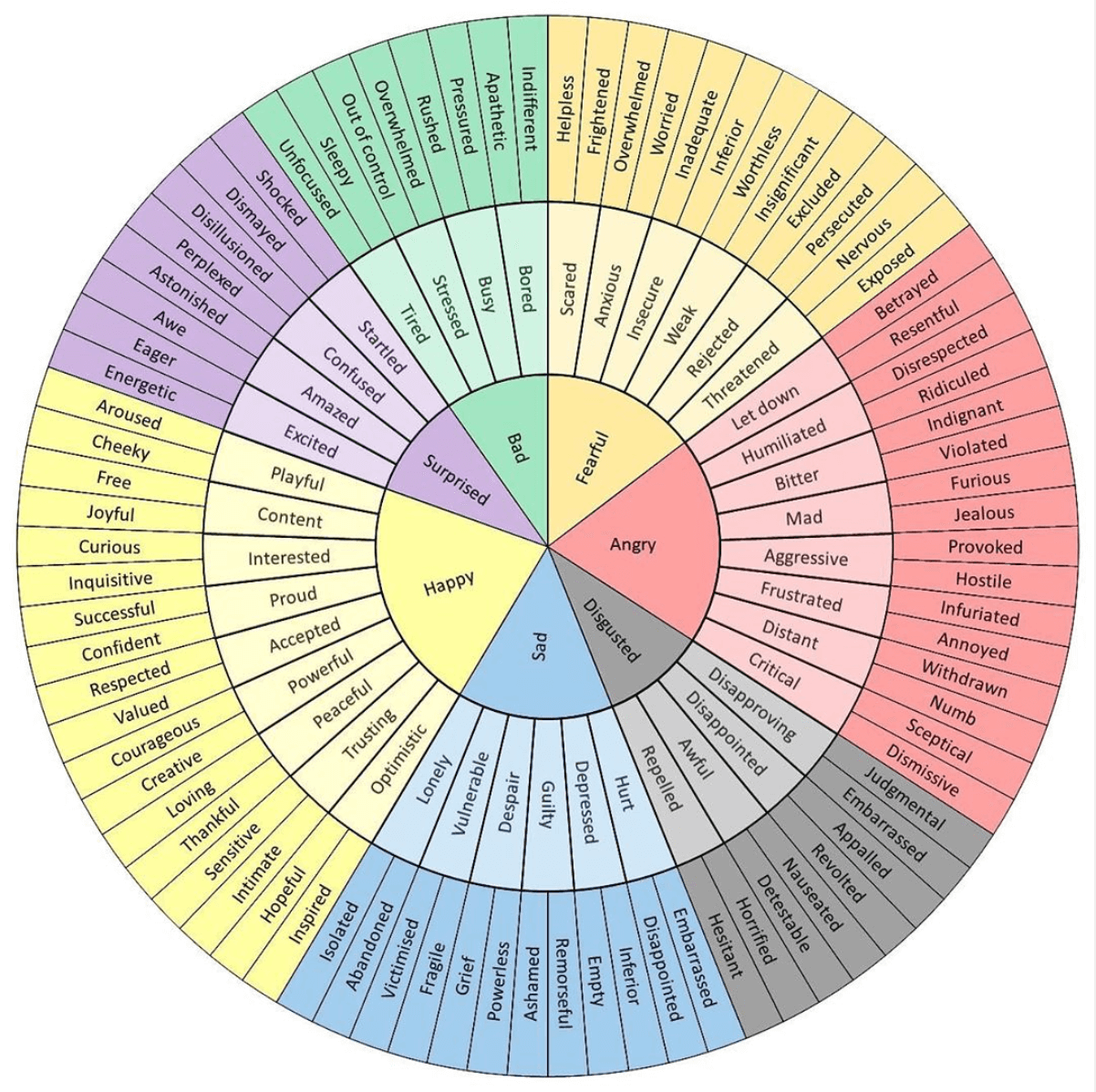
Thus, high side lighting draws special attention to the facial expressions of a performer. This accentuates the top side of an actor's head, neck and shoulders. High side lighting, which is a light hung at an over-head angle between 30 and 60 degrees.A full quota of side lighting consists of bottom, middle and top lights, which reveal the three tiers of a performer's body. Side lighting, which is primarily used to highlight the side of the face, arms, mid-torso and legs.The colours used should enhance the scenery and complement a performer's skin tone. The distinction between warm, cool and neutral front lighting establishes mood, time and place. Front lights, which are the primary source of lighting for most scenes.

Lighting PositionsĪlthough you can place luminaires almost anywhere, most stage lighting designers focus on five main positions.

And choosing the correct lighting positions and the right mix of colours is the easiest way to achieve both. It's about using light in a way that enhances what's on the stage and creates the right mood for each component of the story.


 0 kommentar(er)
0 kommentar(er)
